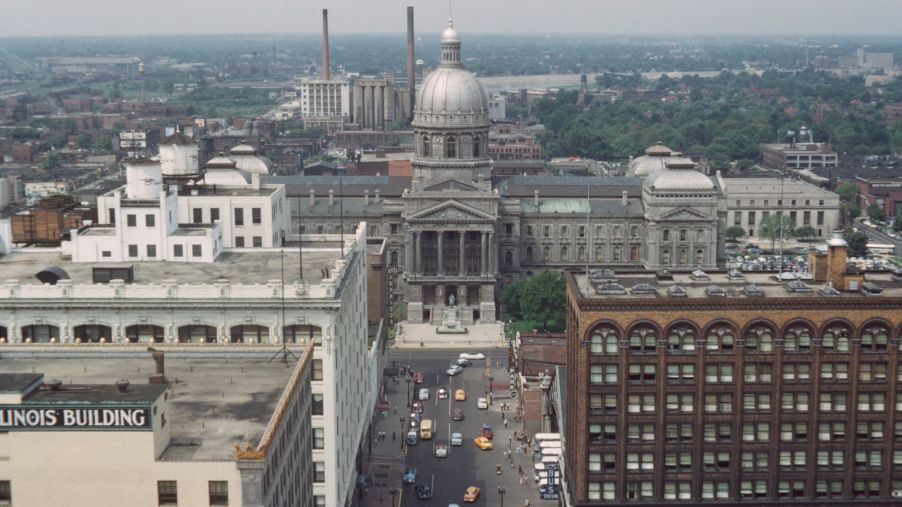
Indiana to Build Magnetic Concrete Pavement That Wirelessly Charges EVs
The effects of global warming continue pushing states to adopt measures to curb environmental pollution. One of the strategies that authorities are targeting is the production and adoption of EVs, and the expectation is that this will tackle the fossil fuel problem. That means that investment in the necessary infrastructure is critical.
Increased adoption of EVs will be a priority in the future, but that will prove a challenge if the right infrastructure is not in place. Various states, including Indiana, are trying to explore and invest in infrastructure to facilitate the increased adoption of EVs.
Demand for more EV infrastructure

Electric vehicle industry officials say that the U.S. needs $87 billion in charging infrastructure investment within the next 10 years. According to Government Technology, that will get the nation on the path to 100 percent EV sales by 2035. The implication, in this case, is that over and above being fast and convenient, EV charging should be widely/readily available.
For early EV adopters who can charge EVs at home, much of the charging happens where they live. However, strategic deployment of charging infrastructure while factoring in lower-income drivers and apartments dwellers is paramount. That way, EVs will gain widespread appeal. So, a more thorough buildout of high-speed public charging and more workplace charging will come in handy in this case.
In its part, Indiana is banking on new technology to help with charging infrastructure, and that is by considering magnetic concrete pavement for wireless EV charging.
Lack of infrastructure necessary for expanding EV ownership
As more battery-powered, plug-in car models enter the market, drivers are now discovering that America’s charging infrastructure is not yet ready for the EV revolution. The reason is that travelers who go long distances need to power up their EV batteries. That should happen at a “fast” charger, which is a lot faster than typical home chargers.
Additionally, at the moment, less experienced EV owners are struggling with multiple issues. These include uncertainty over the period their cars need to charge, few charging stations, high electricity rates, excess demand at available charging stations, confusing payment systems, and broken chargers. The Drive reported that the good news is that Indiana plans to build a new wireless charging system as a research project.
The pilot project involves fitting wireless charging technology on a quarter-mile stretch of road embedded onto the pavement. That will allow EVs to charge when parked or while driving. The project has three phases, and the first two will be complete before this technology hits the streets. The intention here is to run two phases of testing and analysis.
Once sufficient data has been established to work out the best way to implement the project on a test basis is available, phase three will kick in. The quarter-mile site is yet to be identified. The idea is to test heavy trucks at 200-kilowatts and above charging. If that process succeeds, a larger section of the public road somewhere in Indiana will get the first real rollout.
Infrastructure and charging projects states and firms are tackling in the U.S.
Various states and companies in the U.S. are investing in EV infrastructure and charging projects. These include Qualcomm, a telecommunications firm that may have figured out how to address range anxiety in fully electric vehicles. According to The Drive, the company’s new technology known as Halo Dynamic Electric Vehicle Charging (DEVC) allows EVs to charge through pads embedded into the road surface.
Indiana government site reported that the Indiana Department of Transport (INDOT), Magment, the German firm, and Purdue University would be working on Indiana’s wireless charging pavements technology. Additionally, Electrify America continues leading a widespread buildout of high-speed charging centers across the U.S.
According to Politico, New York plans to have 10,000 publicly accessible EV charging stations by the close of this year, while California is focusing on expanding public EV charging in different rural counties.


